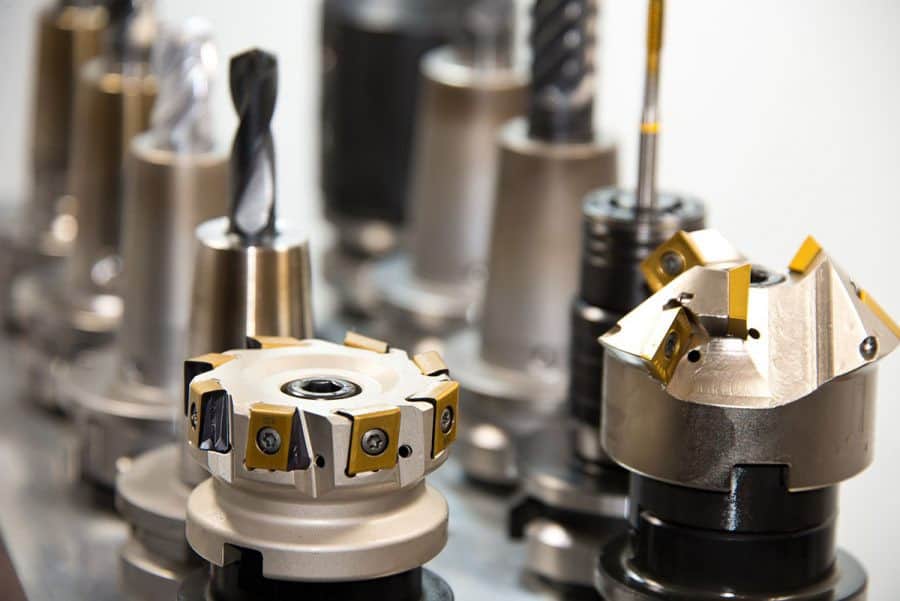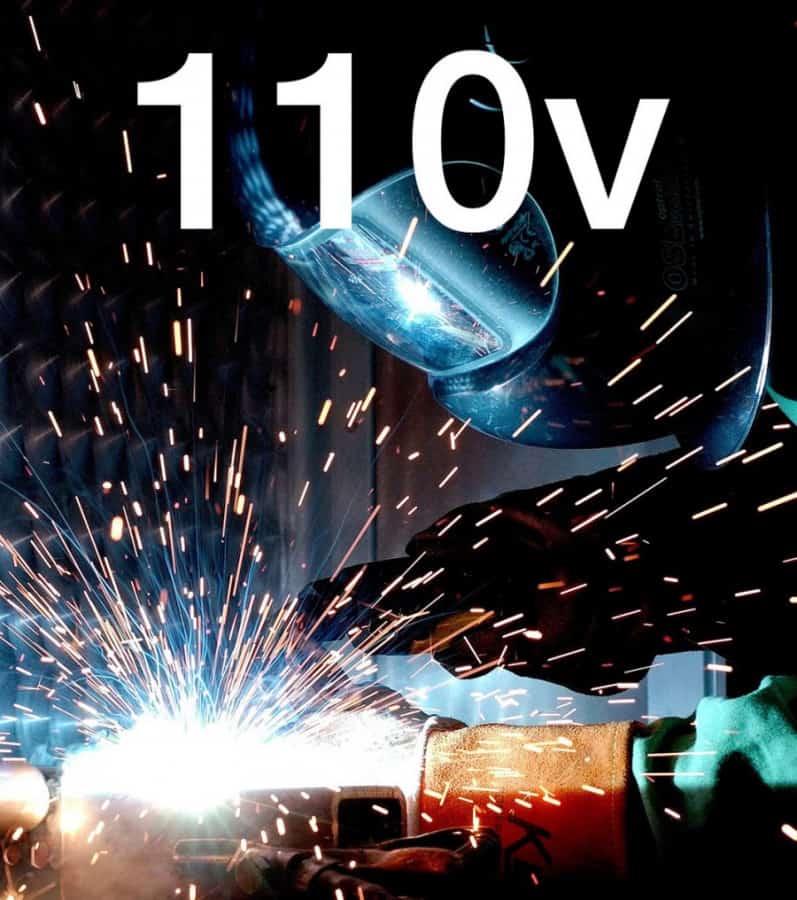Best Flush Cut Trim Hand Saw
The Suizan Japanese Flush Cut Trim Hand Saw is a highly regarded tool among woodworkers and DIY enthusiasts. With its precision and ease of use, it has gained a reputation as one of the best hand saws available on the market today. In this review, we will take a closer look at this tool and examine its key features, benefits, and drawbacks. While some flush cut saws only cut when you “pull”, this one allows both push and pull motion. First and foremost, the Suizan Japanese Flush Cut Trim Hand Saw is known for its precision. The saw’s blade is incredibly sharp and can cut through even the toughest materials with ease. This is due to the high-quality steel that the blade is made of, which is durable and long-lasting. The saw’s teeth are also designed to cut on the pull stroke, which allows for greater control and accuracy. Additionally, the saw’s teeth are impulse-hardened, which means that they are heat-treated to make them even stronger and more resistant to wear and tear. One of the most unique features of the Suizan Japanese Flush Cut Trim Hand Saw is its flush cut design. This means that the saw’s teeth are set in such a way that they do not protrude beyond the blade. This allows the saw to cut very close to the surface without damaging it, making it ideal for trimming and finishing work. This is particularly useful when working with delicate or expensive materials, as it ensures that you can cut precisely without damaging your workpiece. Another benefit of the flush cut design is that it allows for more versatility in the types of cuts that can be made. Traditional saws often struggle with making cuts close to a surface, but the Suizan Japanese Flush Cut Trim Hand Saw excels in this area. It can be used for a wide variety of cutting tasks, from trimming dowels and plugs to cutting tenons and dovetails. This makes it a versatile tool that can be used for a range of woodworking projects. In addition to its precision and versatility, the Suizan Japanese Flush Cut Trim Hand Saw is also very comfortable to use. The saw’s handle is made of high-quality materials and is ergonomically designed to fit comfortably in your hand. This makes it easy to use for extended periods without experiencing fatigue or discomfort. Additionally, the saw’s blade is thin and flexible, which allows for greater control and maneuverability. This is particularly useful when making delicate cuts or working in tight spaces. Overall, there are very few drawbacks to the Suizan Japanese Flush Cut Trim Hand Saw. One of the only potential downsides is that it may not be suitable for larger cutting tasks. This is because the saw’s blade is relatively short, measuring in at just 6.5 inches. While this makes it ideal for precise trimming work, it may not be the best choice for cutting larger pieces of lumber or making long, straight cuts. However, for the tasks it is designed for, the Suizan Japanese Flush Cut Trim Hand Saw is hard to beat. In terms of pricing, the Suizan Japanese Flush Cut Trim Hand Saw is priced competitively with other high-end hand saws. While it may be slightly more expensive than some budget options, it is a worthwhile investment for anyone who values precision, versatility, and comfort. Additionally, because the saw is made of high-quality materials and is built to last, it will save you money in the long run by not needing to be replaced as frequently as cheaper options. In conclusion, the Suizan Japanese Flush Cut Trim Hand Saw is an exceptional tool that is highly recommended for anyone who works with wood. Its precision, versatility, and comfort make it an ideal choice for a wide range of cutting tasks, and its flush cut design ensures that you can make precise cuts without damaging your workpiece. While it may not be suitable for larger cutting tasks, it is a worthwhile investment for anyone who values precision and quality in their tools. Whether you are a professional woodworker or a DIY enthusiast, the Suizan Japanese Flush Cut Trim Hand Saw is a tool that is sure to impress. One of the standout features of the Suizan Japanese Flush Cut Trim Hand Saw is its durability. The saw is made of high-quality materials, and its blade is heat-treated to ensure that it is resistant to wear and tear. Additionally, the saw’s teeth are designed to be self-cleaning, which means that they are less likely to become clogged with sawdust or other debris. This ensures that the saw will last for years, even with heavy use. Another benefit of the Suizan Japanese Flush Cut Trim Hand Saw is its ease of use. The saw’s handle is ergonomically designed to fit comfortably in your hand, which makes it easy to use for extended periods without experiencing fatigue or discomfort. Additionally, the saw’s blade is thin and flexible, which allows for greater control and maneuverability. This is particularly useful when making delicate cuts or working in tight spaces. The flush cut design of the Suizan Japanese Flush Cut Trim Hand Saw is another standout feature. This design allows the saw to cut very close to the surface without damaging it, which makes it ideal for trimming and finishing work. Additionally, the flush cut design allows for more versatility in the types of cuts that can be made. This makes the saw a versatile tool that can be used for a wide range of woodworking projects. When it comes to drawbacks, there are very few to speak of. The only potential downside of the Suizan Japanese Flush Cut Trim Hand Saw is its short blade length, which may not be suitable for larger cutting tasks. However, for the tasks it is designed for, the saw is hard to beat. In terms of price, the Suizan Japanese Flush Cut Trim Hand Saw is priced competitively with other high-end hand saws.
Best Flush Cut Trim Hand Saw Read More »










